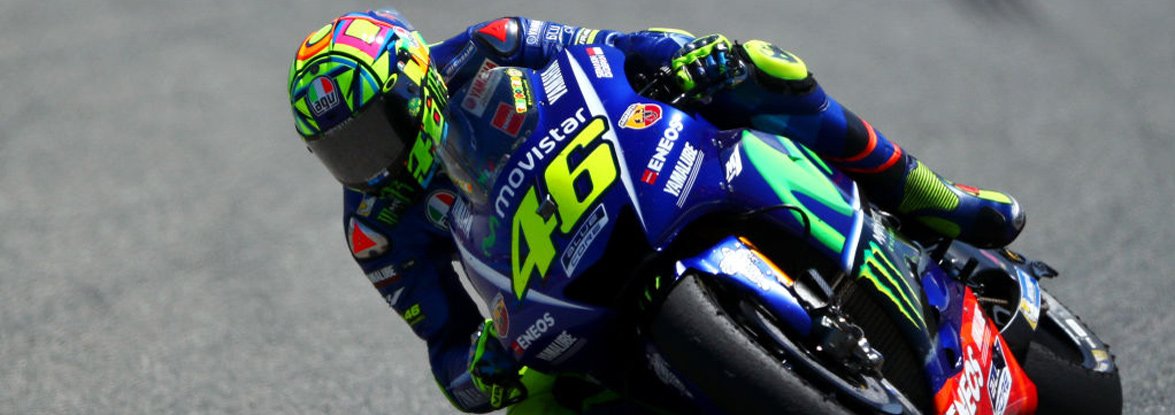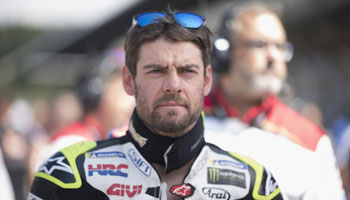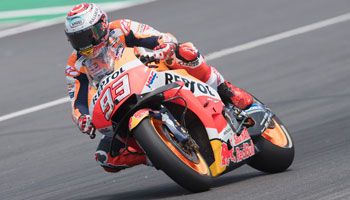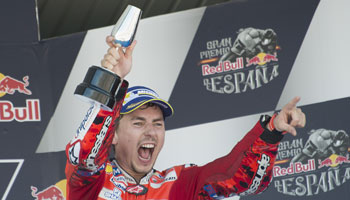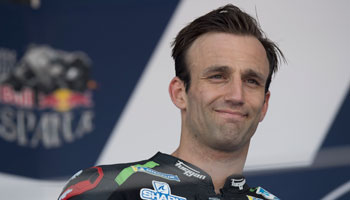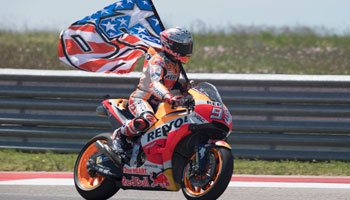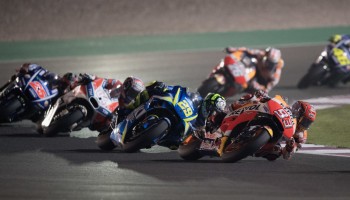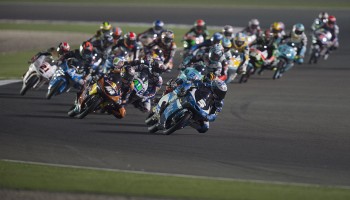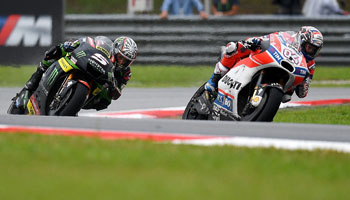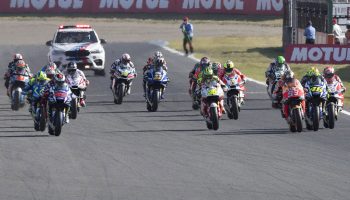Here, Keith Huewen talks about the qualifying and practice rules in Moto GP. For his expert comments on the general Moto GP rules and many other aspects of this exciting sport, have a look at our other pages:
Moto GP qualifying rules
How does Moto GP qualification work?
“I love the qualification process in Moto GP! They took some inspiration from Formula One and made it better. Free practice starts on Friday, with the last free practice session on Saturday. These first three sessions are of critical importance. Qualifying sessions last only 15 minutes each and are held one after the other. Competition during a single MotoGP lasts three days – Friday for free practice, Saturday for the final free practice and qualification, Sunday for warm-up and race. No prior testing – there is a limit to how much you can test in any season.
“The riders with the fastest 10 lap times during the first three free practice rounds are automatically sent to qualification 2. Q2 is the main qualifying session – it decides the first four rows of the starting grid. The remaining 13 riders go to qualification one. Q1 sorts out the grid from the fifth row backwards. However, the fastest two men from Q1 join the 10 men already in Q2. These 12 riders will battle it out for the front four rows of the starting grid, which has just three riders per row.”
What is the Moto GP grid? How does it line up?
“The grid line-up is staggered – pole position is slightly ahead of position 2, which is slightly ahead of position 3. Position 3 on the front row is roughly 10 feet (3m) in front of the second row. And so on. There are three bikes on each row. There used to be four, until the grid changed in 2004 in order to allow the riders more elbow room.”

How is the Moto GP grid decided?
“The grid is decided by the fastest lap times of Q1 and Q2. The faster your time, the higher up the grid you place – that’s what it’s all about in Moto GP.”
How does a rider get the Moto GP pole position?
“The pole-position rider will have had the fastest time in Q2, as long as he didn’t pick up a penalty along the way. Race Direction might issue a penalty if you’re caught taking an unfair advantage by going out of bounds. A rider could be put back a position on the grid. That is actually a somewhat regular situation, especially with the smaller class GP bikes.”
What would be a good Moto GP qualifying time?
“The fastest one! It’s impossible to say. It all depends on the conditions and the track.”
-
On-board view of Valentino Rossi qualifying lap for Japanese Moto GP 2016
Moto GP practice rules
Can you tell us more about Moto GP free practice?
“Free practice is as important as qualifying. You come to the track with the base settings for your bike, all the data you’ve gathered over the years. That all might go out of the window because of changes in regulations or track conditions, so you’re constantly working and looking to develop the bike. Free practice gives teams the chance to do this. Your team is always working and logging data – they may want you to do short or long runs – they are honing the motorcycle in order to best prepare it for the qualification process. You don’t do a lap on the racetrack because you like the scenery. Free practice is all about going faster or finding something out.”
Moto GP betting
Moto GP is not only an extremely exciting sport to watch, but also to bet on. Fans can choose from a number of betting options, both on the Championship and the individual Grand Prix races.
Betting rules
Just like Moto GP and any other sport, betting has its rules, designed for maximum playing pleasure and fair play. Here, you can see how we make betting on sports fun, fair and easy for everyone.


